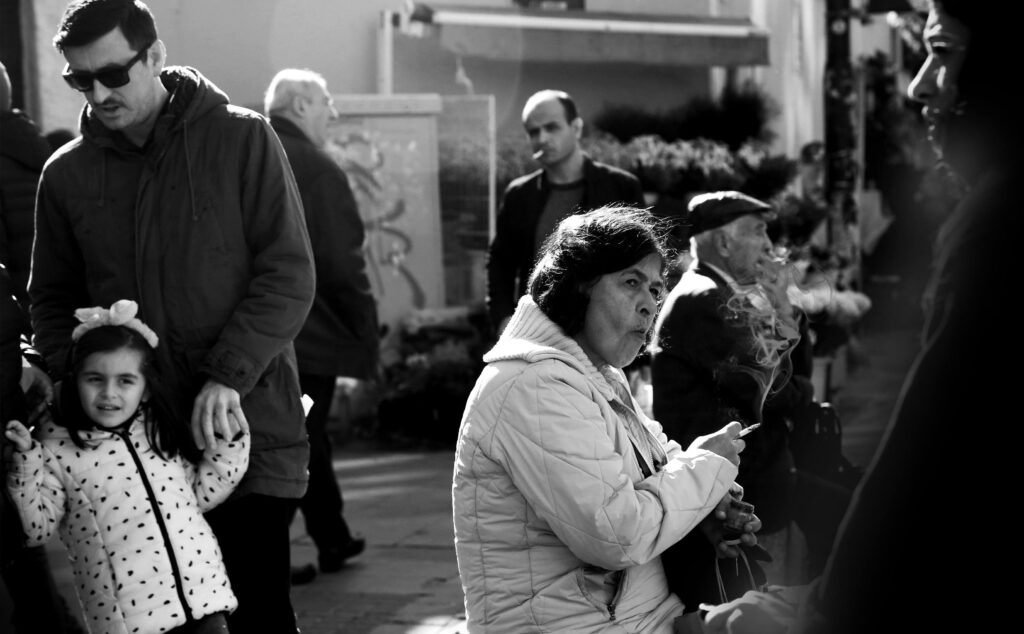A home is where a child should feel safe, loved, and protected. But what if that same home is quietly exposing a child to a dangerous asthma trigger?
Tobacco smoke, whether it’s firsthand, second-hand, or third-hand, is one of the most harmful pollutants for children, especially those with asthma. And when smoking happens inside the house, the danger multiplies.
Let’s talk about why creating a tobacco-free home isn’t just a healthy choice, it’s a lifesaving one.
Children Breathe More, Absorb More
Children are not just “small adults.” Their bodies and lungs are still developing. Compared to adults:
- They breathe faster, inhaling more pollutants per minute.
- Their airways are smaller, so even slight irritation causes big problems.
- Their immune systems are still learning to fight infections and inflammation.
So when smoke hangs in the air or sticks to furniture, toys, clothes, or carpets, kids take in more of it and suffer more harm.
How Smoke Impacts Kids with Asthma
For a child with asthma, even minimal smoke exposure can lead to:
- Wheezing or tightness in the chest
- Night-time coughing and sleep disturbance
- More frequent asthma attacks
- Increased emergency visits
- Reduced lung function over time
Studies show that children exposed to tobacco smoke at home miss more school days and have lower physical activity levels than their non-exposed peers.
Second-Hand vs. Third-Hand Smoke: Know the Difference
- Second-hand smoke is what’s inhaled when someone is actively smoking nearby.
- Third-hand smoke is the invisible residue that sticks to walls, bedsheets, clothes, hair, and even toys long after smoking stops.
This means smoking in another room or on the balcony doesn’t truly protect children. The toxins remain, travel, and settle.
Why It’s a Bigger Concern in Indian Homes
In many Indian families:
- Smoking indoors may be seen as normal, especially by elders
- Cultural hesitation makes it difficult to ask someone to stop
- Many families live in shared spaces, where smoke travels easily between rooms or floors
- There’s less awareness of third-hand smoke or its effect on kids
Even if the child doesn’t see anyone smoking, they may still be breathing in harmful residue every day.
Real-Life Impact: The Cost of Inaction
One of our community members shared how her child’s asthma worsened every winter. They blamed the cold until she discovered her husband’s indoor smoking in the living room at night was the trigger. After shifting to a tobacco-free home policy, her child’s symptoms drastically improved.
This is not just a story, it’s a reality in many Indian homes.
How to Create a Tobacco-Free Home
Here’s what you can do, step by step:
1. No Smoking Indoors, Ever
Make it a firm house rule, no smoking in any room, ever, even near windows or fans.
2. Clean and Detox the Home
- Wash curtains, bedsheets, carpets, and cushions regularly
- Repaint walls if there’s long-term exposure history
- Use HEPA air purifiers if possible
3. Change Clothes After Smoking
If someone smokes outside, request them to change their shirt and wash hands before interacting with the child.
4. Avoid Smoke-Carrying Visitors
You don’t have to offend anyone—but have gentle policies in place (like keeping a window open, offering spare shawls, or politely requesting them to avoid smoking before visiting).
5. Educate Without Shaming
Use awareness posters, pediatrician advice, or Asthma Friend blog links to explain your concerns. It’s not about blaming—it’s about protecting.
A Home that Heals, Not Hurts
Children can’t speak up for themselves when their lungs burn. It’s up to us, as parents, siblings, grandparents, and guardians, to create an environment where they can breathe freely and grow fully.
Every cigarette not lit inside your home is a gift of health to your child.
Part of Our World No Tobacco Day Series
This blog is part of our ongoing awareness series for World No Tobacco Day.
Please share your experience with everyone in the Asthma Friend community.












